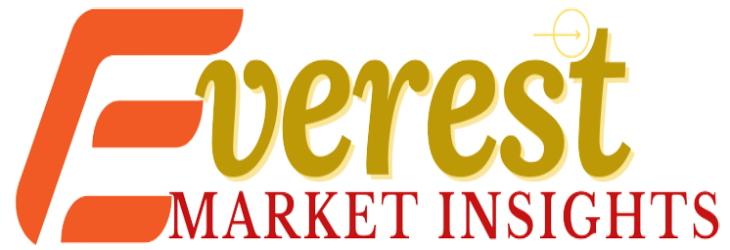Parenteral packaging plays a critical role in the safe and efficient delivery of injectable drugs and medicines. In recent years, advancements in technology have revolutionized the parenteral packaging industry, leading to the development of new packaging materials, designs, and delivery systems that offer greater safety, efficacy, and convenience to healthcare providers and patients alike. In this article, we will explore the latest trends and future prospects of the parenteral packaging market, highlighting key advancements in technology and the implications for the healthcare industry.
One of the most significant advancements in parenteral packaging technology is the development of prefilled syringes and vials, which have become increasingly popular due to their convenience and ease of use. These prefilled products eliminate the need for manual filling of syringes and vials, reducing the risk of contamination and human error. They also offer more precise dosing, as each syringe or vial contains a pre-measured amount of medication.
The prefilled syringes and vials market is expected to grow significantly in the coming years, driven by factors such as the rising demand for self-administered injectable drugs, the increasing prevalence of chronic diseases, and the growing need for efficient and cost-effective drug delivery systems. In response, many pharmaceutical companies are investing heavily in the development of prefilled syringe and vial technologies, with a particular focus on innovations such as auto-injectors and needle-free injectors.
Another major trend in the parenteral packaging market is the use of advanced materials, such as polymer-based films and coatings, to improve the safety and efficacy of injectable drugs. These materials offer a range of benefits, including improved drug stability, increased shelf life, and enhanced protection against environmental factors such as light and oxygen. They also enable the development of more complex drug formulations, such as those requiring sustained-release or targeted delivery.
In addition to new materials, advancements in manufacturing processes are also driving innovation in the parenteral packaging market. For example, the use of blow-fill-seal (BFS) technology, which allows for the production of sterile, pre-filled containers in a single continuous process, has become increasingly popular in recent years. BFS technology is particularly well-suited to the production of small-volume parenteral products, such as eye drops and nasal sprays, and offers significant advantages in terms of efficiency, cost-effectiveness, and product quality.
Looking to the future, the parenteral packaging market is expected to continue to grow and evolve, driven by a range of factors such as the increasing demand for biologics and biosimilars, the need for more targeted and personalized drug therapies, and the growing focus on patient-centric healthcare. To meet these demands, we can expect to see continued innovation in the areas of prefilled syringes and vials, advanced materials, and manufacturing processes.
For example, there is increasing interest in the development of smart packaging technologies that can provide real-time data on drug delivery and patient adherence. These technologies could enable healthcare providers to monitor patient outcomes more closely, and provide early warning of any potential issues or complications. They could also enable more targeted drug therapies, by allowing for the delivery of specific doses of medication at specific times or locations.
Another area of innovation is the use of 3D printing technology to develop customized drug delivery devices. 3D printing enables the production of complex, personalized devices that can be tailored to the needs of individual patients, such as those with specific anatomical or physiological characteristics. This could lead to more effective drug therapies, with fewer side effects and a higher likelihood of success.
In conclusion, the parenteral packaging market is undergoing rapid transformation, driven by advancements in technology, changing patient needs, and the evolving demands of the healthcare industry.
Disclaimer: The views, suggestions, and opinions expressed here are the sole responsibility of the experts. No Everest Market Insights journalist was involved in the writing and production of this article.
